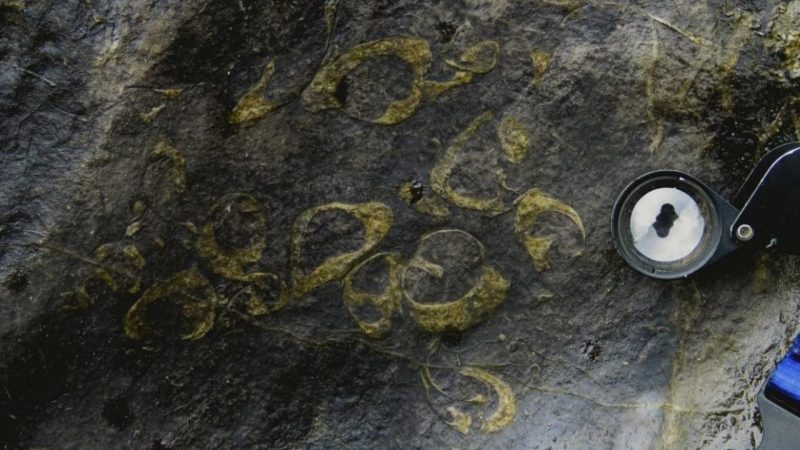By Patricia Lanzagarita
GEOLOGISTS and paleontologists from the University of the Philippines-National Institute of Geological Sciences (UP-NIGS) recently discovered fossils of gastropods that could be the Philippines’ ‘first and oldest’ fossil of its kind in Masungi Georeserve’s limestone.
Gastropods are the large group of mollusks which includes snails, slugs, and nudibranchs. It is also considered as the second largest class of animals after the Insecta.
The presence of these fossils proves that the landscape of the georeserve was once submerged underwater 60 million years ago.
Researchers stressed that the discovery of the fossils highlights the importance of preserving and protecting the georeserve, specifically the limestone formations located between the Upper Marikina Watershed and Kaliwa Watershed as various encroachments, illegal structures, and quarrying are threatening the areas.
“We envision Masungi Georeserve as a place where educators, students, and local government can interact and collaborate in the study of karst features and processes and development of best practices in the management and conservation of karst landforms,” they said.
UP-NIGS researchers are going to conduct further investigation within this year to examine the fossils to determine its exact age and to prove if this could be the first and oldest fossil of gastropods in the country.
Source: Masungi Georeserve
(ai/mnm)







